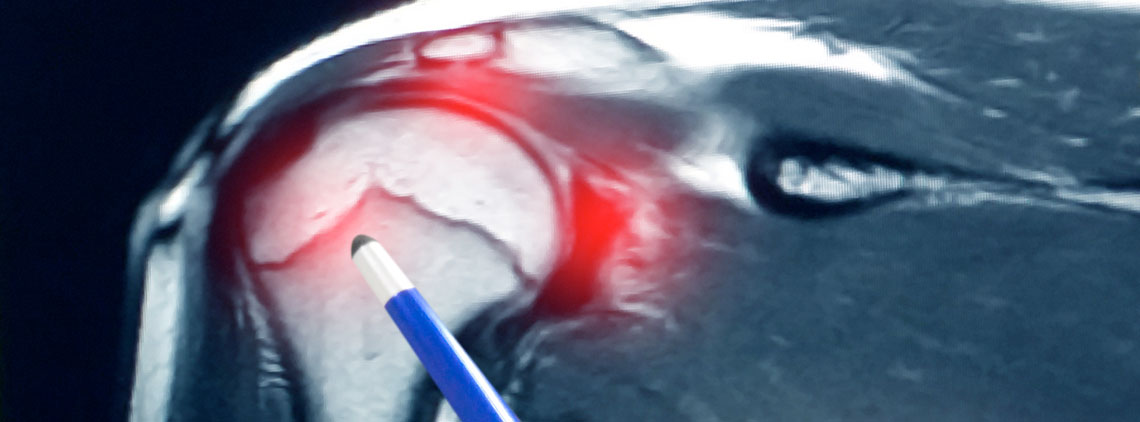
Rotator Cuff Tear Surgery
Overview
If you have a rotator cuff tear you might find it difficult and painful to comb your hair or it might be hard for you to get dressed in the morning. Rotator Cuff Tear Surgery may help you.
How to Prepare for Rotator Cuff Tear Surgery
To prepare for surgery don’t eat or drink anything after midnight the night before surgery. We will ask you to stop taking your blood thinners two weeks before surgery. You may want to arrange for help since you might not be able to drive for several weeks after surgery. Gather your loose-fitting shirts and button or zip in the front (avoid shirts that need to be pulled overhead). Prepare your home by gathering items frequently stored overhead at counter level and stock up on easy to prepare meals. Depending on your home life, you may also consider getting tools to assist you in the shower. Some patients prefer to get a shower chair or a detachable showerhead.
Procedure
- Open Repair. This surgery is the traditional surgery associated with a rotator cuff tear. The surgical incision is several centimeters long. To reach the tear, we will detach the deltoid (a shoulder muscle). This surgery is required if the tear is large or complex.
- All-arthroscopic Repair. To perform this surgery, we insert a small camera (called an arthroscope) into your shoulder. Then we will insert miniature surgical instruments into two other locations in your arm. The camera will display images on a television screen while we use the tiny surgical instruments to correct the tear. Since these tools are small, the incisions are also small.
- Mini-Open Repair. Using similar equipment as the all-arthroscopic repair, these incisions are typically three to five cm long. During this procedure, we view the shoulder structure directly instead of on a video monitor.
Recovery
Physical therapy is key to getting you back to all the things you love. Therapy will progress in stages. In the beginning, you will be required to wear a sling for four to six weeks (depending on the severity of your injury). After we’ve cleared you, you will begin learning passive exercises with your therapist. These exercises will take place within four to six weeks after surgery. After you are out of your sling, you will begin active exercise. These exercises involve the movement of your muscles on your own while incrementally increasing your strength for eight to 12 weeks. You should expect a full recovery after several months. Your success depends on your commitment to rehabilitation!
Efficacy
- Open Repair. We will detach the shoulder muscles (deltoid) to see the torn tendon better. We will take the opportunity to remove bone spurs from the underside of the acromion (a procedure called an acromioplasty). Then the deltoid muscle is surgically sewn back in place. This surgery will allow for your rotator cuff to grow back correctly.
- All-Arthroscopic Repair. We can usually fix the tear through very small incisions.
- Mini-Open Repair. Through this surgery, we can assess and treat damage to other structures within the joint (i.e. bone spurs). This surgery avoids the need to detach the deltoid muscle.
Complications
There are several complications to this surgery which are infection, injury to the nerves and blood vessels, stiffness of the joint, re-tear of the repaired rotator cuff, and persistent pain.

